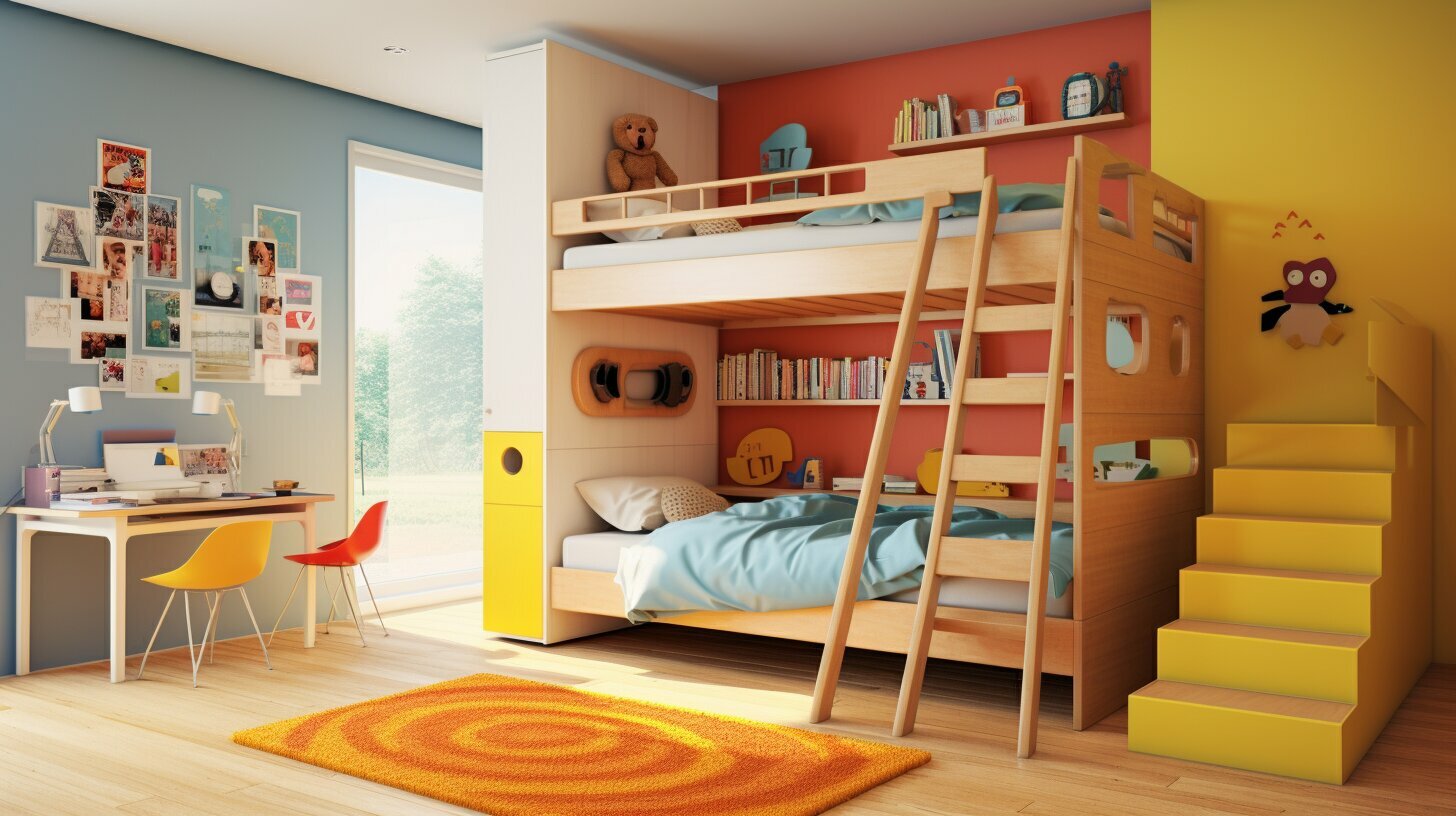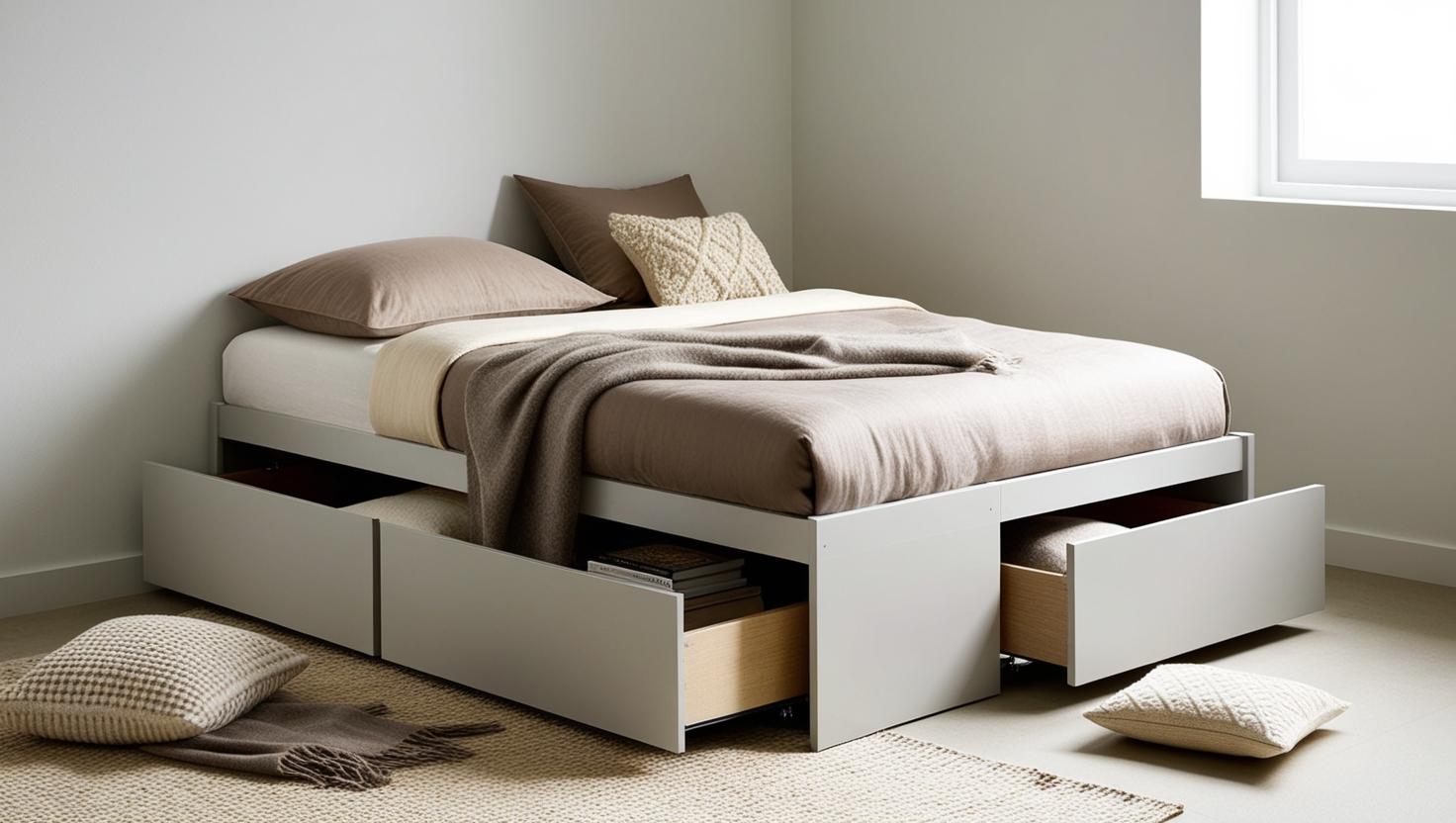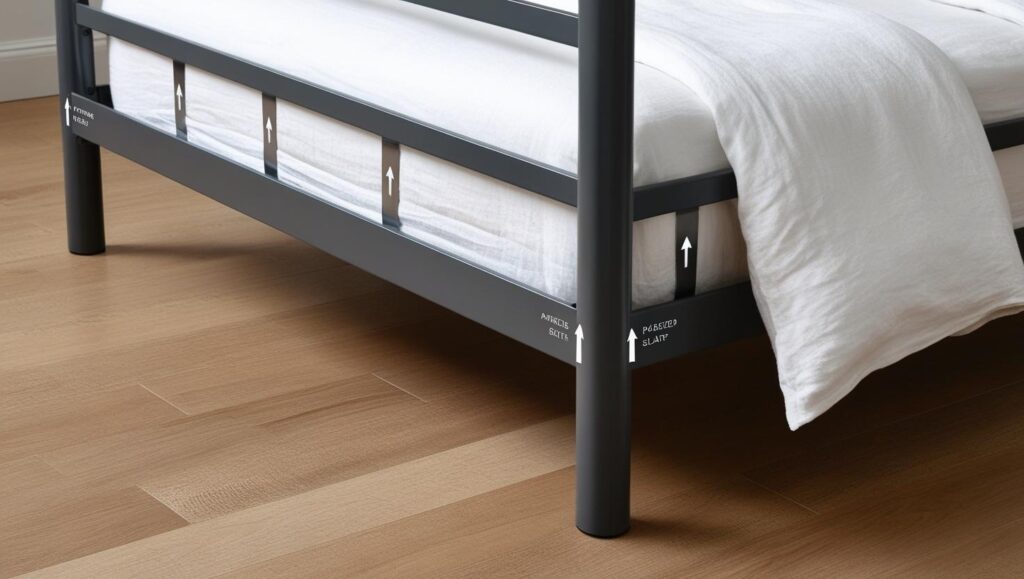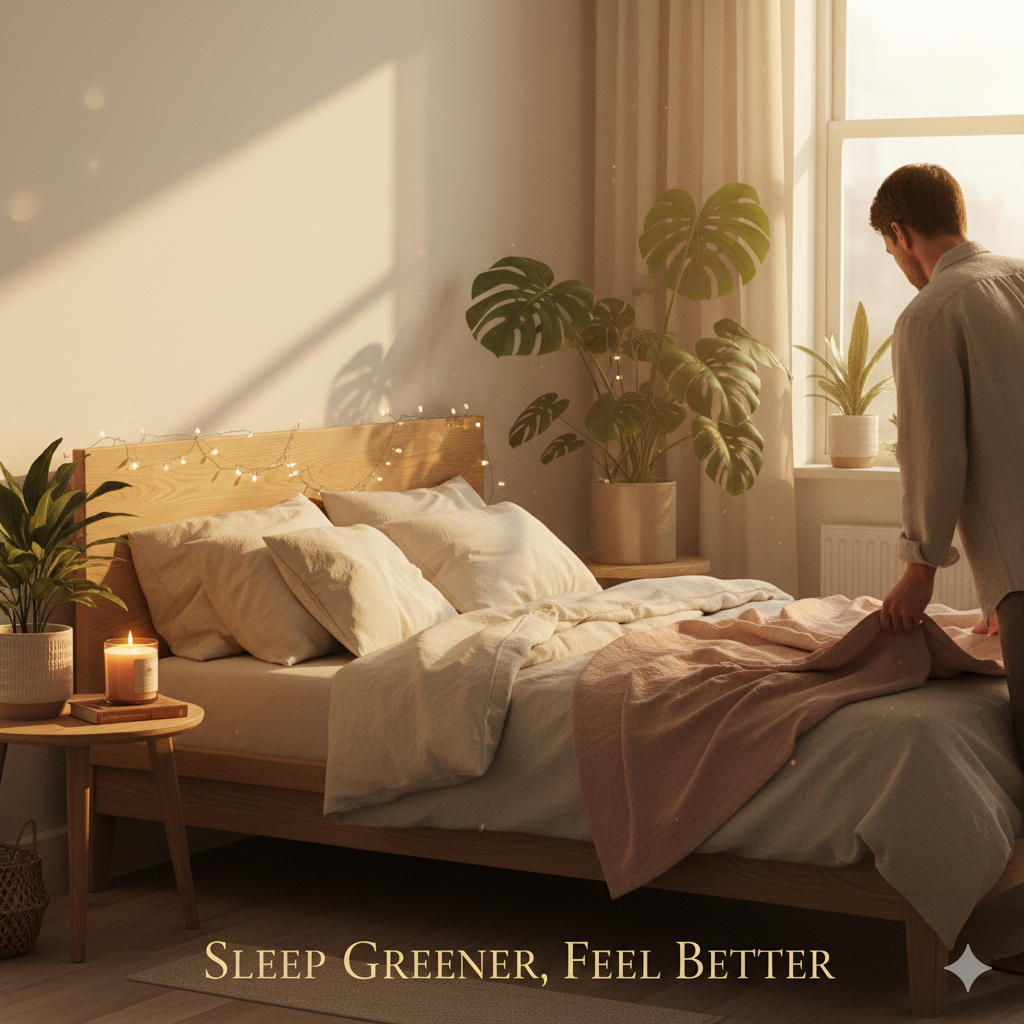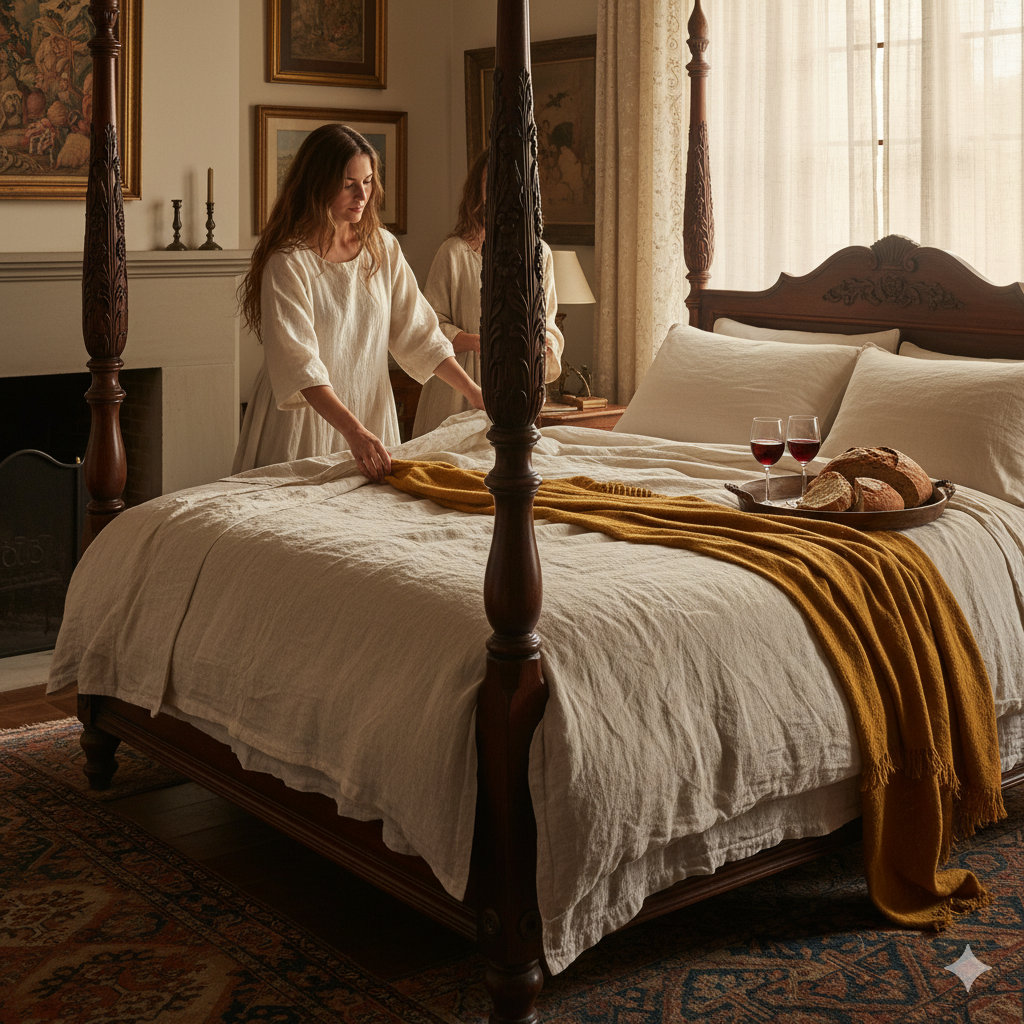Adjustable Beds Types Benefits and Best Uses
Adjustable beds offer personalized comfort and improved sleep support. From back pain relief to enhanced mobility, discover why these beds are transforming modern bedrooms. In this guide, we’ll dive deep into adjustable beds types benefits and best uses for every lifestyle.
Key Takeaways
- Adjustable beds enhance comfort through customizable positioning.
- Options range from standard models to high-tech smart beds.
- Ideal for back pain, recovery, and sleep disorders like apnea.
- Great choice for both individuals and couples with varying needs.
- Not just for seniors—anyone can benefit from these sleep upgrades.
What Are Adjustable Beds?
Adjustable beds use motorized bases to elevate the head, feet, or both. They create supportive sleeping and lounging angles, promoting better posture and comfort while reading, watching TV, or sleeping. These beds represent a significant upgrade over traditional flat
mattresses and embody adjustable beds types benefits and best uses for daily living.

Types of Adjustable Beds
Standard Models
Simple yet effective, standard models offer basic head and foot adjustments. Adjustable beds like these are perfect for beginners exploring bedroom upgrades and learning about adjustable beds types benefits and best uses firsthand.
- Features: Basic motorized movement.
- Best For: General comfort without extra frills.
Split Designs
Split adjustable beds feature independent controls for each side, a dream for couples with different preferences. These models highlight adjustable beds types benefits and best uses for shared comfort and independence.
- Features: Dual remotes; available in split king and queen.
- Best For: Couples seeking individualized comfort.

Wall-Hugger Styles
These models glide back toward the wall when elevated, preserving reach to nightstands—perfect for compact bedrooms. A great example of adjustable beds types benefits and best uses in smaller living spaces.
- Features: Space-saving mechanics.
- Best For: Small or urban bedrooms.
Smart Beds
Smart adjustable beds come with luxury features such as app integration, massage, and sleep tracking. They’re the ultimate in sleep tech and embody modern adjustable beds types benefits and best uses for connected living.
- Features: High-tech functions for enhanced rest.
- Best For: Tech lovers wanting a smart bedroom.
Need more inspiration? Explore our calming bedroom color ideas to create a serene sleep sanctuary.
Benefits of Adjustable Beds
Comfort for Back Issues
By allowing users to sleep at a slight incline or with elevated knees, these beds reduce spinal pressure. According to Johns Hopkins Medicine, sleep posture significantly impacts back pain management—one of the top adjustable beds types benefits and best uses for physical wellness.
Better Rest
Adjustable beds help with snoring, sleep apnea, and circulation by raising the head or legs. This promotes deeper, more restorative sleep and showcases real-world adjustable beds types benefits and best uses.
More Enjoyable Downtime
These beds are perfect for reading, working, or relaxing without stacking pillows. The adjustability allows you to lounge in ergonomic positions all day long—another example of adjustable beds types benefits and best uses beyond just nighttime rest.

Improved Independence
For people with limited mobility, adjustable beds support ease of entry and exit, offering a greater sense of control and autonomy. This functionality reinforces adjustable beds types benefits and best uses for accessible design.
Where Adjustable Beds Shine
- Managing Back Pain: Elevate knees or upper body to relieve tension.
- Post-Surgery Recovery: Adjust the bed to aid healing and comfort per medical guidance.
- Improved Breathing: Lifting the head can ease apnea and GERD. The National Sleep Foundation advises this for sleep-related breathing issues.
- Senior Comfort: Easy adjustments make daily use safer and more supportive.
Myth Busting
Think these beds are just for the elderly? In truth, anyone who values comfort, convenience, or tech can benefit. Adjustable beds cater to all age groups and lifestyles. The truth about adjustable beds types benefits and best uses is that they suit everyone from busy professionals to wellness enthusiasts.

Wrap-Up
Adjustable Beds Types Benefits and Best Uses extend far beyond comfort—they represent a modern lifestyle upgrade. Whether you’re looking to alleviate pain or enhance relaxation, adjustable beds deliver on all fronts. Explore how adjustable beds types benefits and best uses can elevate your sleep quality and daily comfort.
FAQ
- Are adjustable beds good for side sleepers?
- Yes, they allow for slight head and leg elevation, which helps reduce shoulder and hip pressure for side sleepers.
- Can I use my current mattress with an adjustable base?
- Memory foam, latex, and hybrid mattresses usually work well with adjustable bases. Innerspring types may not flex properly.
- Do adjustable beds use a lot of electricity?
- No, they use minimal power, mostly when changing positions. Most models are energy efficient.
- Are smart adjustable beds worth it?
- If you enjoy tech convenience like massage or sleep tracking, smart beds are a valuable investment.
- Where can I learn more about optimizing bedroom comfort?
- Visit our guides on pillows for back sleepers and bedroom lighting tips.
Related reading from Cozy Bed Quarters
- Complete Bed Sizes & Dimensions Chart
- Ultimate Guide to Duvet vs Comforter
- Bedroom Storage Ideas That Maximize Space
Other reading we found popular
- What Is an Adjustable Bed? – Sleep Foundation
- Best Adjustable Beds Reviewed – EachNight
- Best Adjustable Beds for Style & Comfort – Architectural Digest
- Apartment Therapy’s Adjustable Bed Picks










